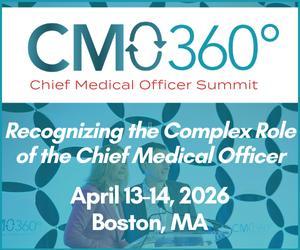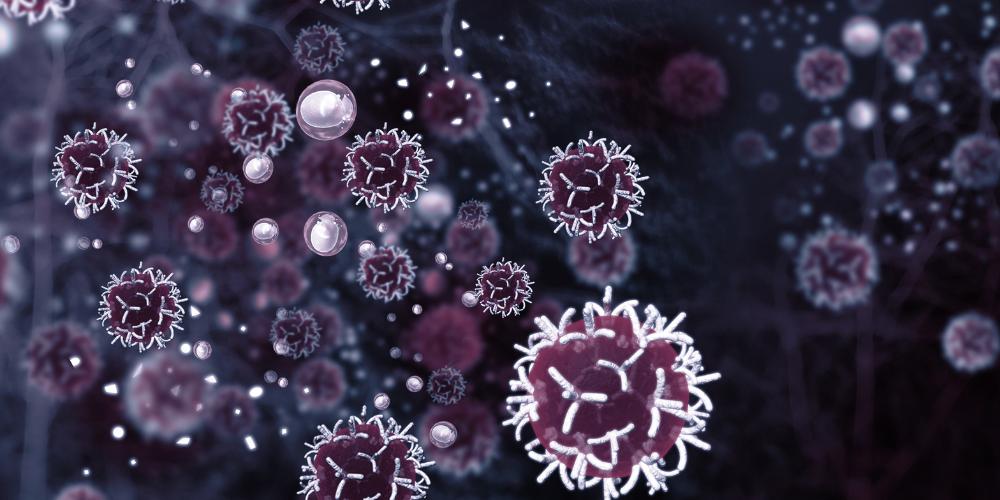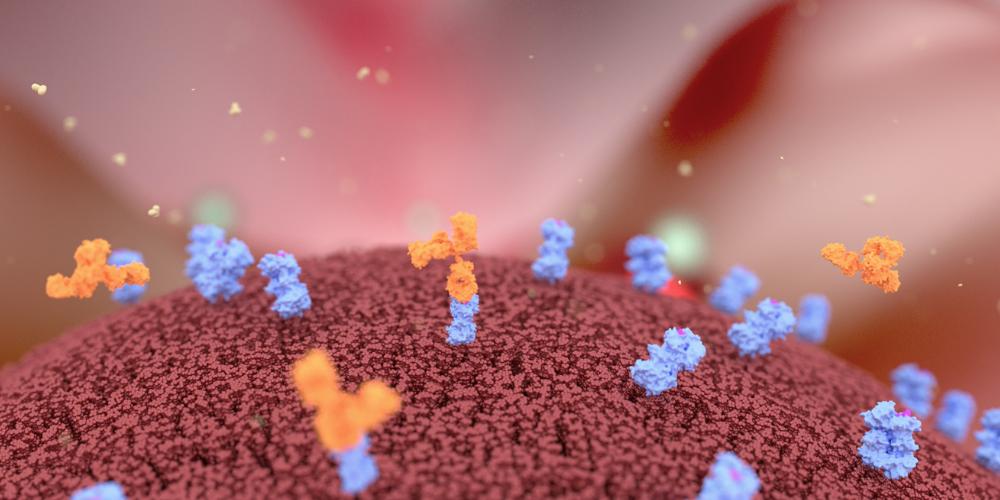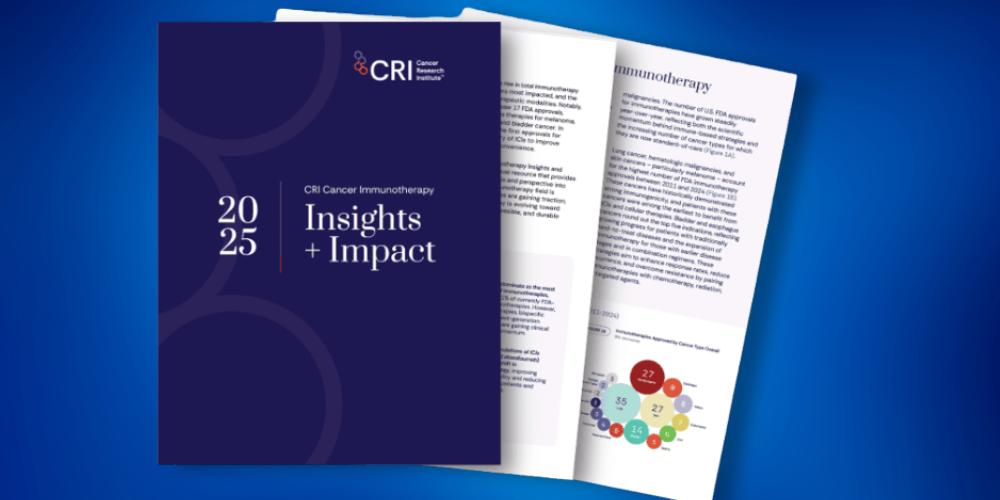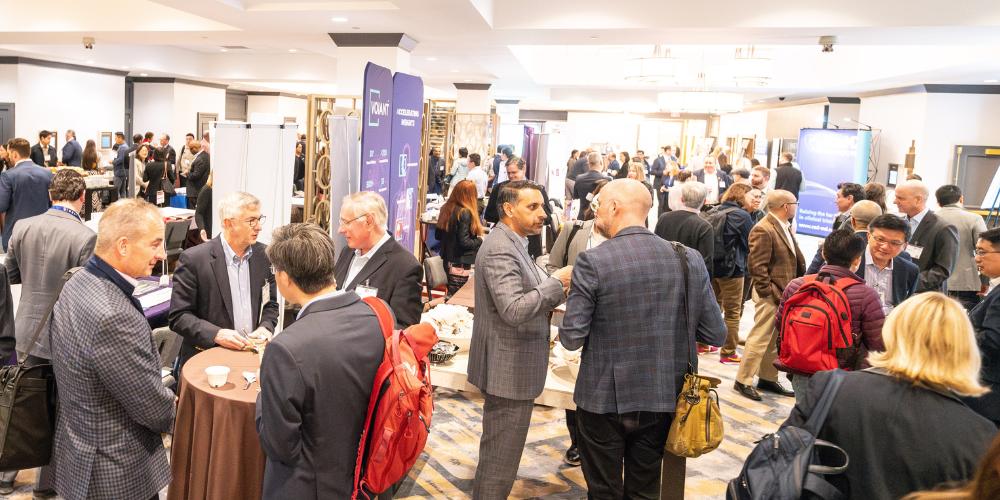Developing Checkpoint Inhibitors for Patients Who Don’t Respond to PD-1/CTLA-4
Dr Tatiana Novobrantseva, Chief Scientific Officer, NextPoint Therapeutics, tells us about the work she’s leading to develop therapies that harness a new and differentiated member of the B7 family, for patients who didn’t see benefit from current checkpoint blockade therapies.

What is the work you’re leading at NextPoint as CSO?
We’re developing therapies that harness the biology of the B7-H7 axis both as immunotherapies, targeted therapies and co-activation/inhibition signals.
What is the B7-H7 axis?
B7-H7 is expressed independently of PD-L1 and acts through a unique inhibitory receptor, KIR3DL3, to block T cell and NK cell activation and a unique stimulatory receptor, TMIGD2, to increase T and NK cell activation.
The upregulation of B7-H7 expression in tumor tissues makes it an ideal tumor-targeting antigen for many different therapeutic payloads in oncology. The selective expression of B7-H7 in tumor cells enables a biomarker strategy to select patients most likely to benefit from these targeted therapeutic approaches.
What makes the B7-H7 pathway so potentially impactful as a target for IO therapies?
One of the impactful features is that B7-H7 expression is regulated independently from the well-known and studied immunotherapy targets (PD-1 and CTLA-4), making the targeted patient population unique.
Another is that the TMIGD2 and KIR3DL3 receptors are present not only on T cells, but also on NK cells, thus regulating both adaptive and innate immune arms and having the ability to stimulate the attack on MHC-deficient tumors. That creates opportunities to reach patients that do not yet have any options.
What gap in treatment or current hurdle of existing checkpoint inhibitors does this approach mitigate?
B7-H7 it is well underway to yield multiple unique therapies for patients nonresponsive to T cell reactivation via PD-1/CTLA-4, because B7-H7 is an axis of biology regulated independently of PD-1/CTLA-4, as well as a very attractive tumor target marking patient cancers across multiple indications.
"B7-H7 expression is regulated independently from the well-known and studied immunotherapy targets (PD-1 and CTLA-4), making the targeted patient population unique."
If NextPoint’s work blocking the B7-H7 pathway is successful, what could that help the broader IO community?
I believe the success of the B7-H7 pathway can start the second wave of IO. The impact for the IO community always starts with patients getting better. Once this is achieved, this will also provide a much-needed reassurance that IO is a very potent, safe and multi-faceted approach to cancer care and the community can’t stop just because not everyone responds to existing IO treatments.
What do you enjoy about your role as a Chief Scientific Officer?
As CSO, I am performing many tasks at the same time: finding ways of funding the science, being part of the team, making sure IP is captured, and leading scientific prioritization. It is incredibly important to keep connecting to the internal leadership team, to the Board of Directors, to investors, to founders and to be flexible about how to tell the story in the right context within the right time frame.
At the same time, my role is to be supportive and nurturing to the internal team and very transparent about what is driving the decisions. It is also fun to contribute ideas to the discussion, making sure not to overwhelm the conversation. I get to work with an incredible team to bring forward therapeutics based on the B7-H7 axis biology.
What are the challenges for your role?
As every CSO, I come from rigorous scientific training that largely focuses on asking the scientific questions, designing the experiments to answer these, interpreting the data and coming up with the next question. But something that I need to get better at every day is making sure to accept many unknowns and drive fast decisions for the program, as well as finding the right way to balance “high science” language with layman’s explanations. Also, not bringing up all the unknowns in every conversation helps.





